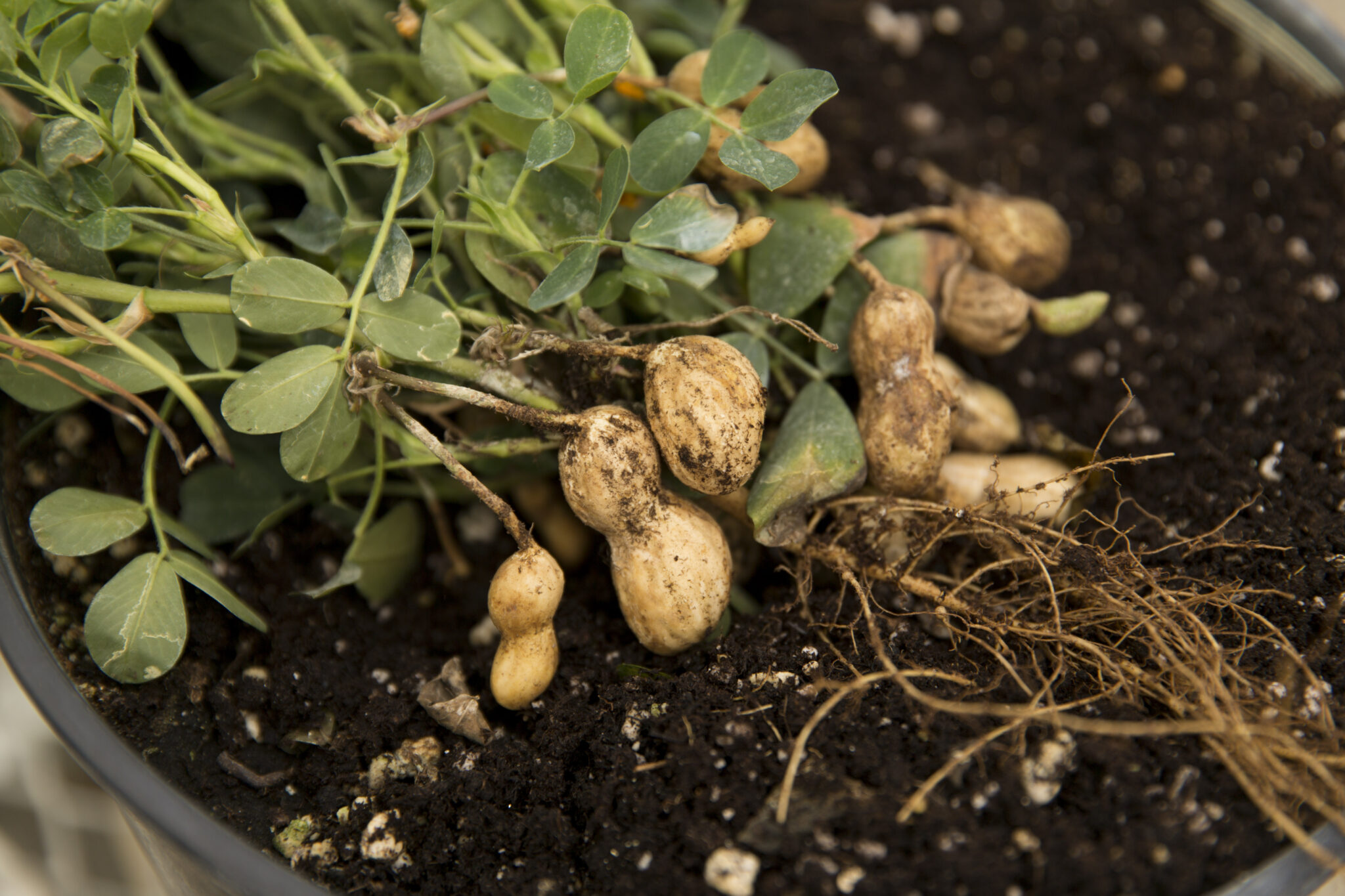Leaves are falling. Temperatures are dropping. It’s a good time to add new trees to the landscape. Before putting shovel to dirt, make sure new trees won’t compete with the lawn for soil or moisture.
Excessive shade from trees can cause grass growing around them to thin out. Certain turf types and varieties can tolerate limited sunlight better than others. However, they still require a minimum of four to six hours of sunlight daily.
All turfgrasses need some sunlight
Bermuda grass cannot tolerate shade, but fescue, zoysia and St. Augustine are tolerant to some shade. Turf shouldn’t be planted in complete shade.
Raise the mowing height for grass growing under trees or in shady areas to allow the grass to grow taller. Longer grass blades increase photosynthesis, producing more carbohydrates to compensate for the reduced amount of sunlight. The grass can then compete more effectively with the tree roots for nutrients and water.
As an alternative to turfgrass, install shade tolerant shrubs, groundcovers, perennials or just apply mulch. To avoid competition issues, designate turf-free areas under the canopies of trees. Apply mulch, like wood chips or pine straw, to areas under trees.
Compacted soil restricts water and air flow
To avoid rot, do not pile mulch at the base of tree trunks. A mulched area around a tree reduces damage from equipment and reduces compaction. Lawn-care equipment can damage trees by scraping trunks or branches. This, along with parking vehicles under trees, causes soil compaction resulting in root damage.
Compaction reduces the size and amount of pore spaces in the soil, restricting the infiltration of air and water into the root zone, leading to root damage or death. Trees growing in compacted soils are more susceptible to pests and environmental stress.
Some trees release harmful chemicals
Sometimes trees release chemicals suppressing the root growth of other plants, including turfgrasses. For example, the black walnut tree (Juglans nigra) releases a chemical that prevents almost anything from growing under it. The process of one plant releasing a chemical that stunts the growth of another is called allelopathy. Be mindful of these interactions and avoid planting trees that are allelopathic to turfgrasses.
When planting near turfgrass, select small trees with open or high canopies. As the tree ages, its size and roots will. Your landscape design should take into account these factors.
Turf growing under trees in shadier conditions requires less fertilizer than turf growing in full sun. Trees should be fertilized separately by placing tree fertilizer in the ground by the tree’s root zone.
One method is to inject the fertilizer into the soil by inserting a tree root feeder under the root zone. The fertilizer can also be injected directly into the tree by microinjections. (Specialized expertise is required for this technique.)
Once established, most trees do not need to be fertilized every year. Turfgrass fertilizer usually does not harm trees.
Many chemical pesticides, especially herbicides, are harmful to trees if absorbed by their roots. Refer to the label of a pesticide to find out if the chemical harms trees.
Trees like deep watering which can harm turfgrass
Irrigation requirements also cause conflicts between trees and turfgrass. Trees prefer deep, infrequent watering that penetrates deep into their root zones.
Shallow watering turfgrass is not beneficial to trees, and water applied to reach tree roots is often too much for the grass.
Water from sprinklers striking a tree trunk and accumulating at the tree’s base can cause rot. Adjust sprinkler heads to minimize the amount of water that comes into contact with the tree trunk.
Ideally, trees and turf should be designed and installed in different irrigation zones.
Even though they can compete, trees and turf can survive and thrive together if they are designed, installed and maintained properly.








